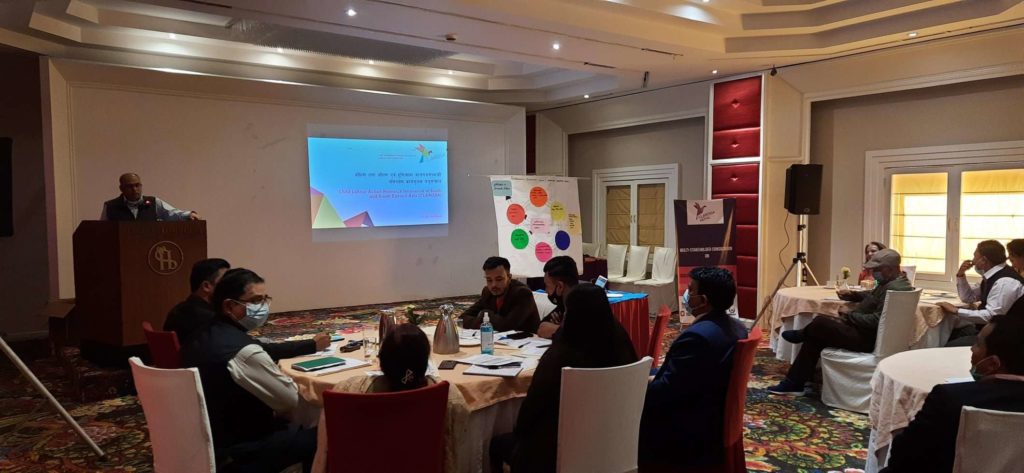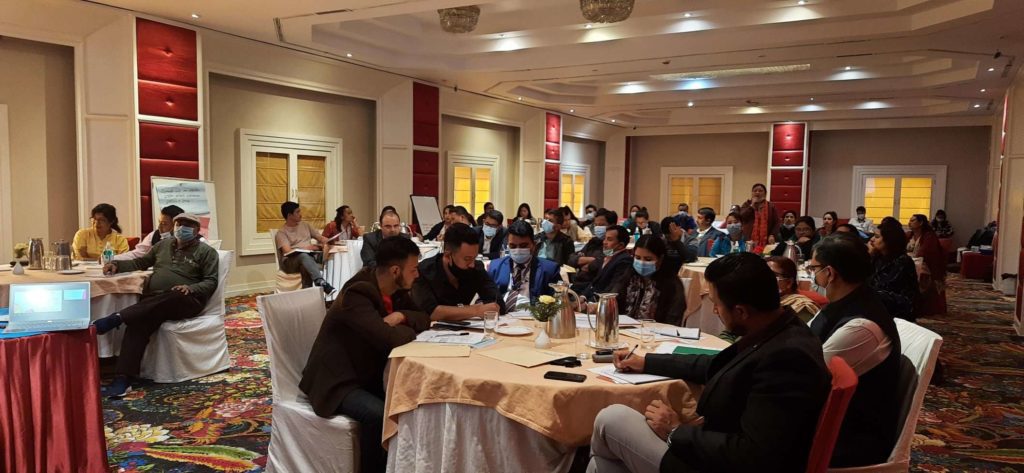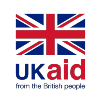As part of CLARISSA’s “The Small Business of Child Labour” campaign, which aims to shine a light on the worst forms of child labour, particularly in small businesses and the informal sector, the Advocacy and Communications team in Nepal held a multi-stakeholder consultation in March. This session included representatives from governments, business owners, child labour survivors, media, INGOs, and CSOs working in the field of child protection.
During this consultation, the team shared CLARISSA’s emerging evidence from the program, in particular addressing:
- Push and pull factors for children to land in WFCL.
- Challenges to address those reasons in coordination and collaboration.
- Innovative solutions that stakeholders can bring to address the issues of children emerging from the CLARISSA programme and during the discussion.

Push and Pull
As child participation is central to CLARISSA’s approach and beliefs, the involvement of child participants was an important consideration and one participant (former child labourer-working as AES worker now) helped to frame the discussion by stating “though we tend to say there are no children in the adult entertainment sector (AES) but the majority of them are children in dance bars who work as dancers, waitresses among other jobs.”
From CLARISSA’s narrative research, which included the collection of 400 life stories from children in child labour, one of the major push factors leading into the worst forms of child labour was identified as a family’s economic position, which may be worsened by domestic violence, polygamy, parental addiction, and negligence among others. Alongside this, peer influence and stories of being able to complete studies and earn a lot of money can pull children into work, as well as children’s ambitions to become famous models and celebrities. The children interviewed by the CLARISSA programme stated that they tend to choose the AES because of the informal nature of the work and low barrier to entry, which is especially attractive to school dropouts.
Challenges
During the discussion, participants also began to consider the challenges in addressing the issue of the WFCL in the AES. Alongside the challenge of reducing demand, lack of policy and its effective implementation at the government level, lack of proper coordination within government systems, gaps in child protection programmes and ineffective monitoring mechanisms were cited as some of the barriers to addressing the issue. One CSO participant stated, “we are almost to the deadline for the elimination of WFCL as per the National Master Plan on the elimination of child labour but there haven’t been any initiatives from the government side to meet the target.”

Innovative solutions
Alongside practical considerations of solutions, Bindu Pokhrel Gautam, Executive Advisor at CWISH highlighted that if we want to tackle the WFCL, it is important to change perspectives on gender roles, stating “most of the time we claim ‘mothers’ being responsible for the child’s situation but it is time to change the perception that fathers too are responsible for their children.”
Sudhir Malla, country coordinator of CLARISSA Nepal, spoke about the ethical considerations and focus on child participation in all of the activities which are rooted in the Participatory Action Research processes.
The event was covered by Nepal Live Today – Stakeholders call for actions to end the worst form of child labor
